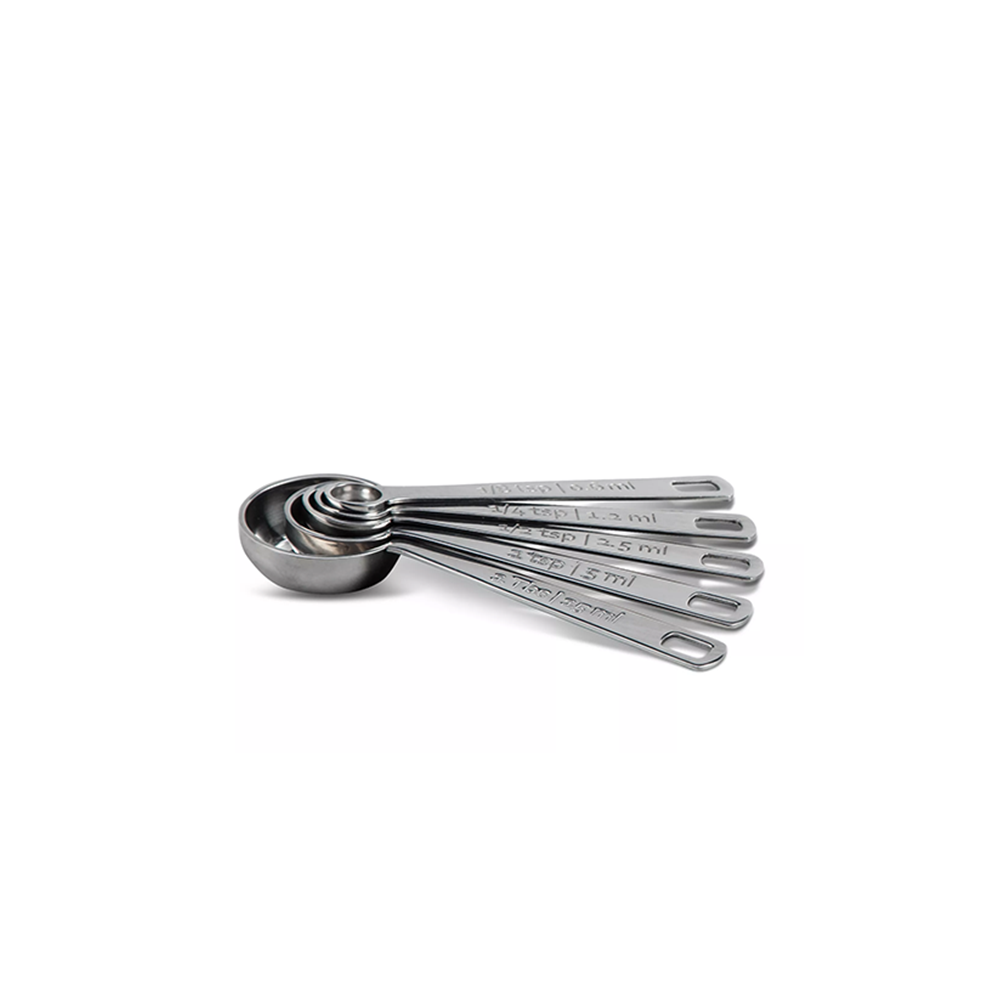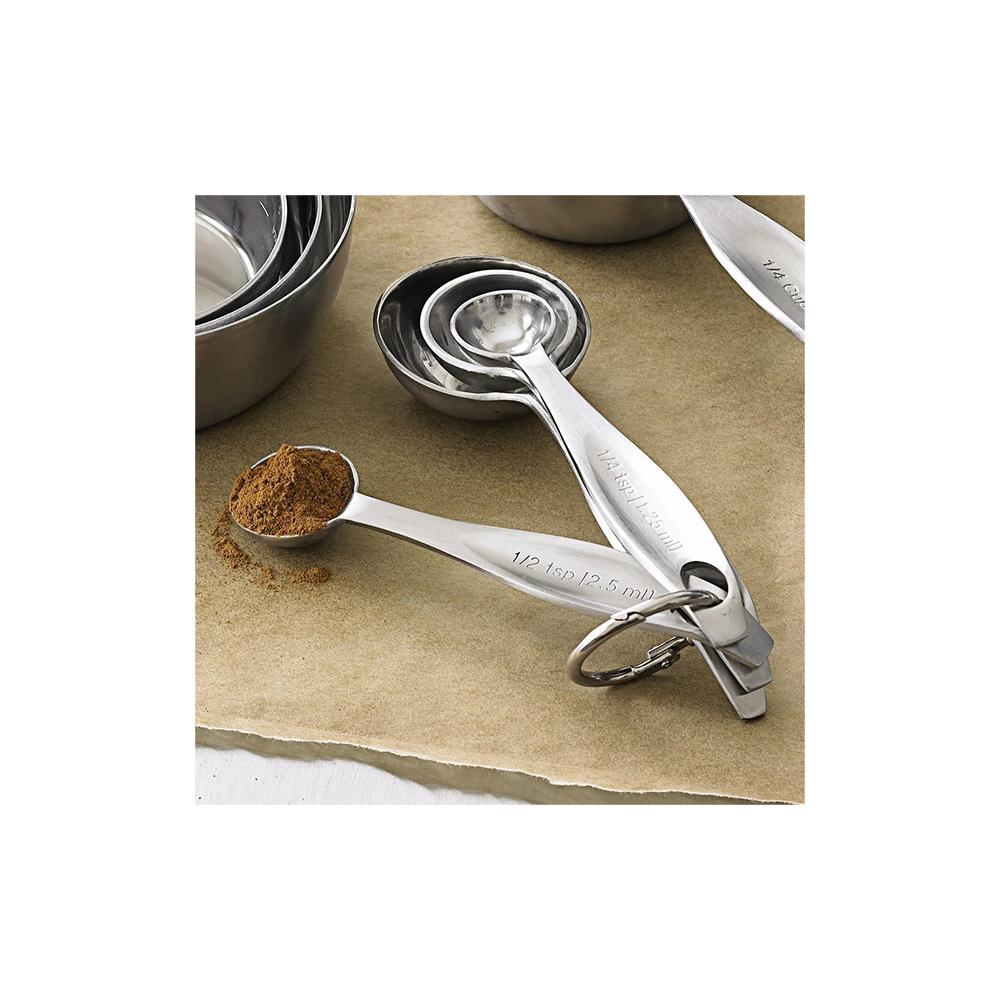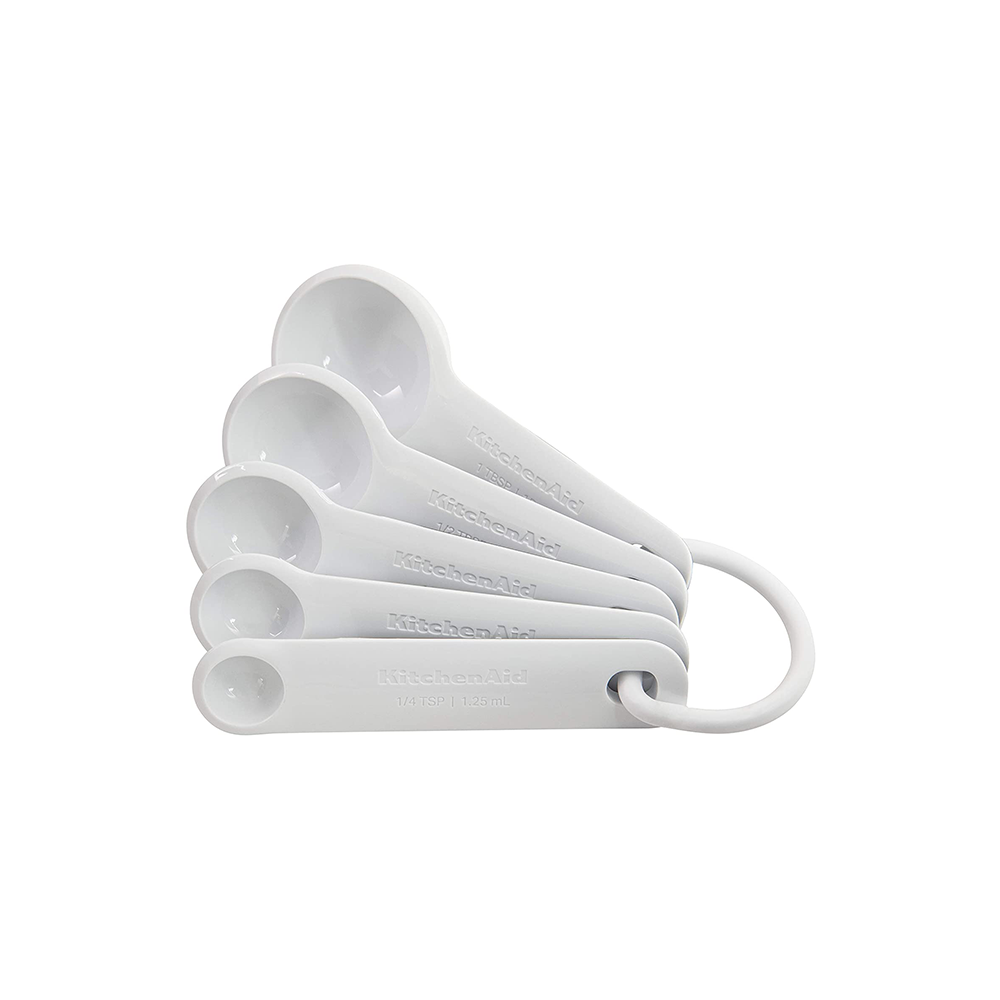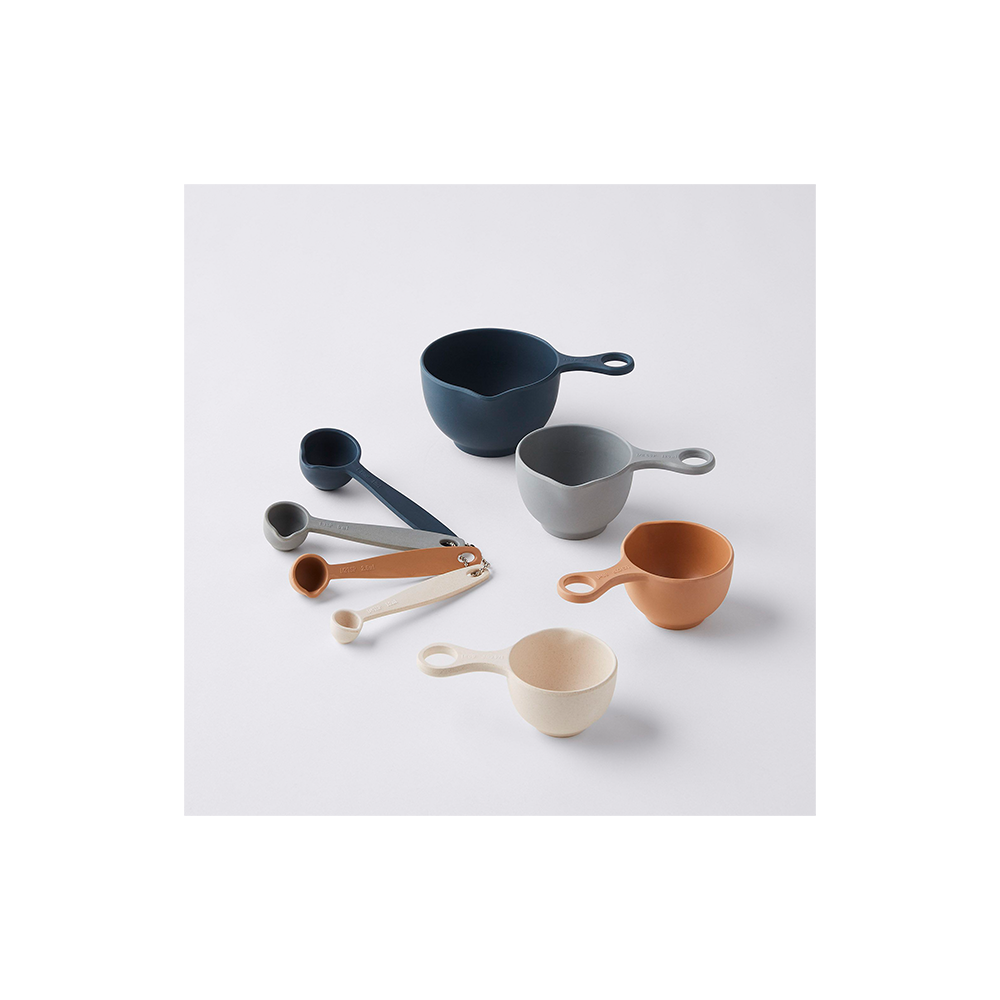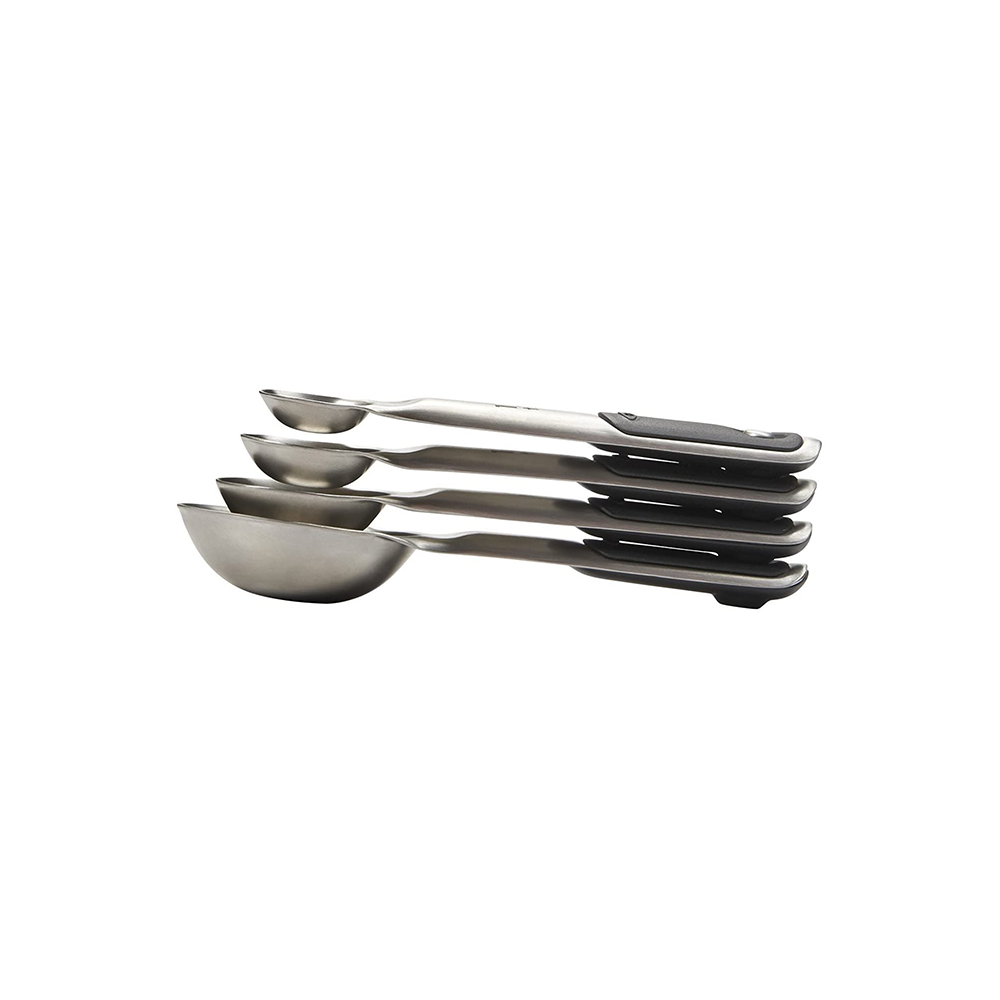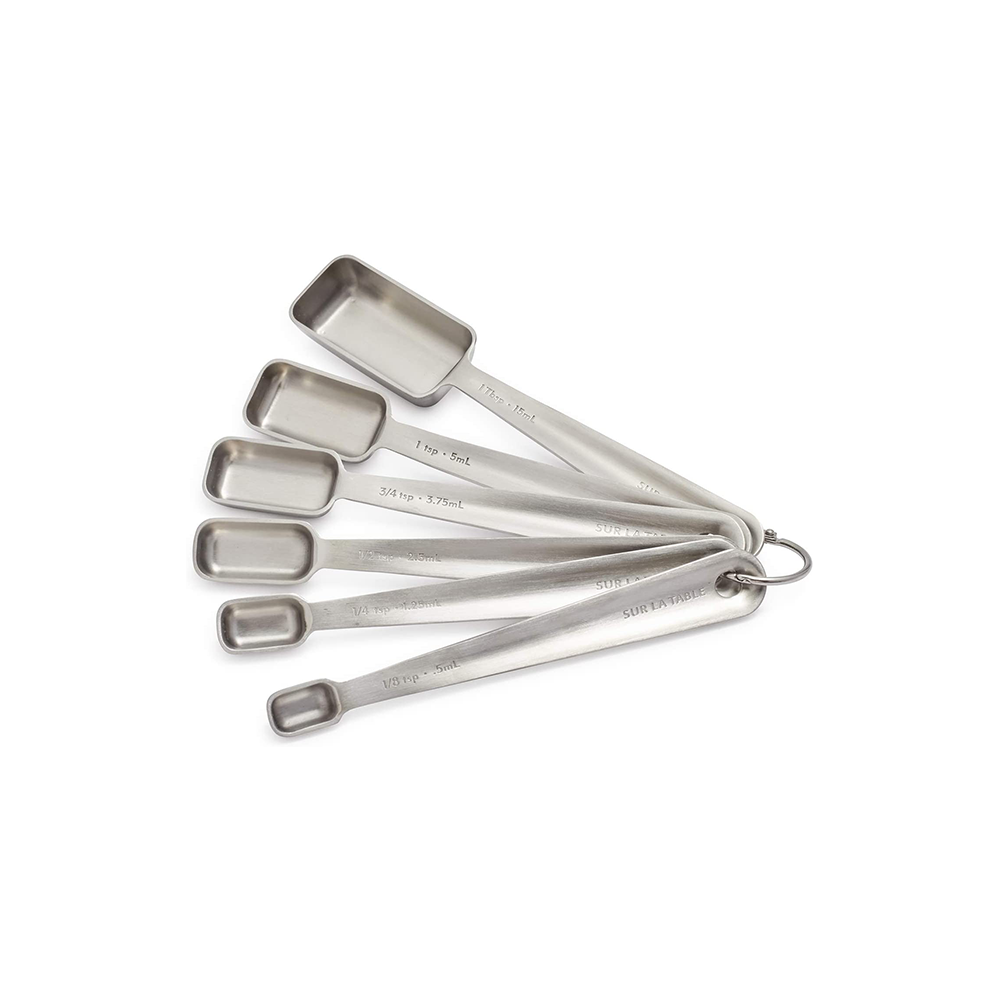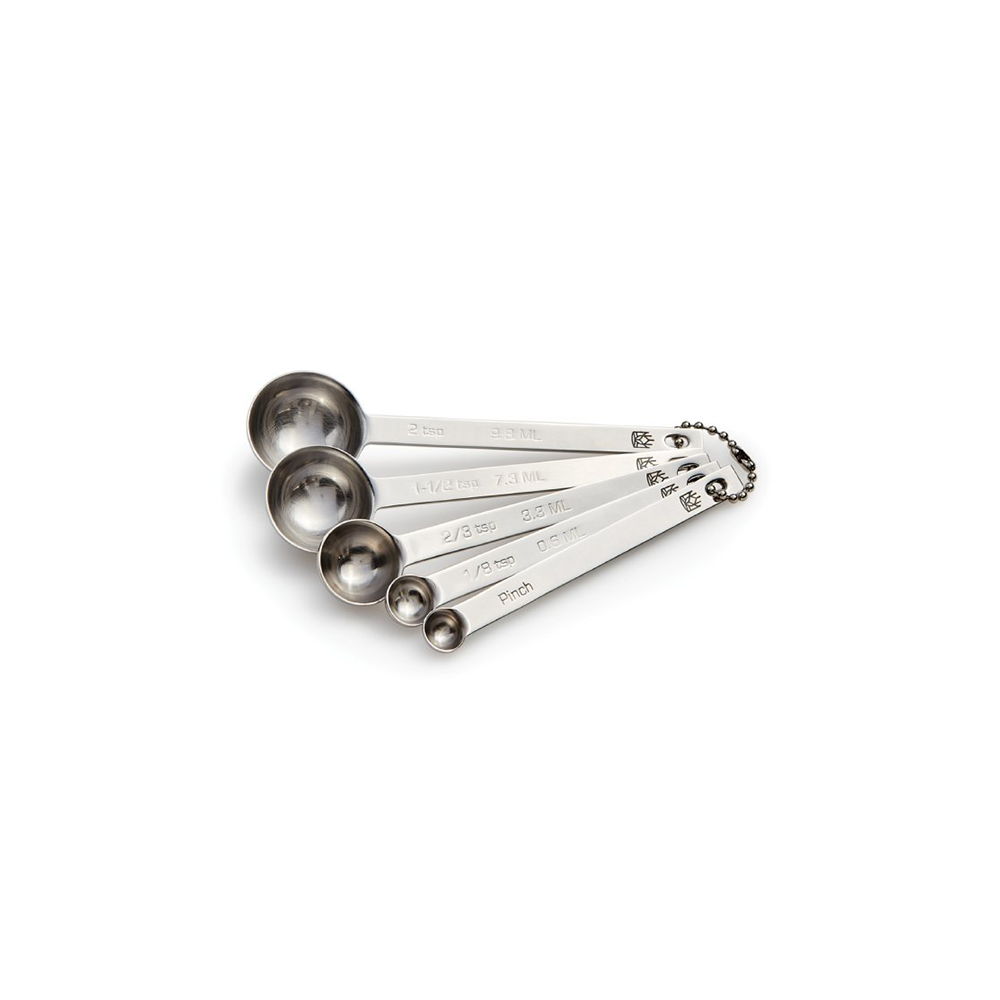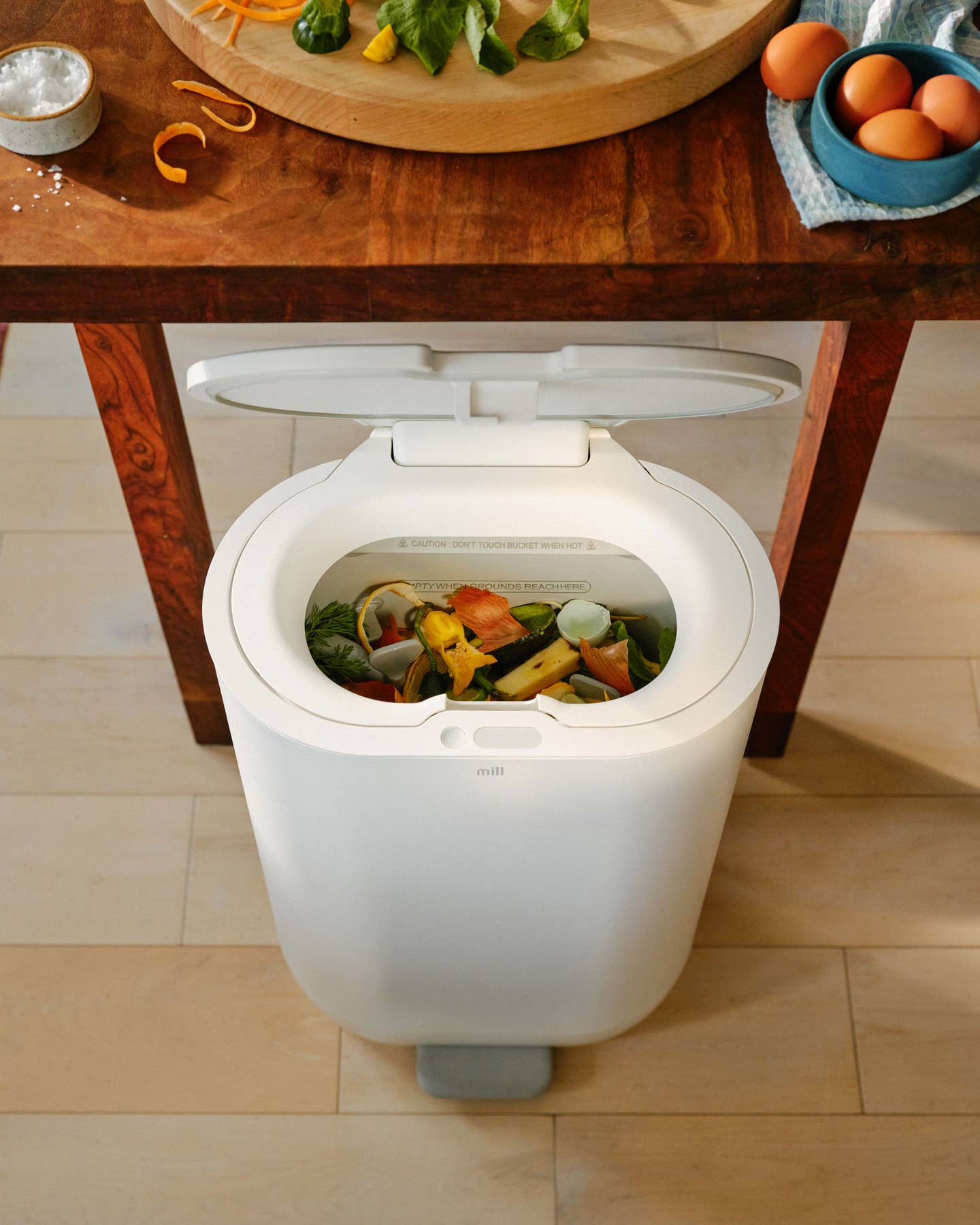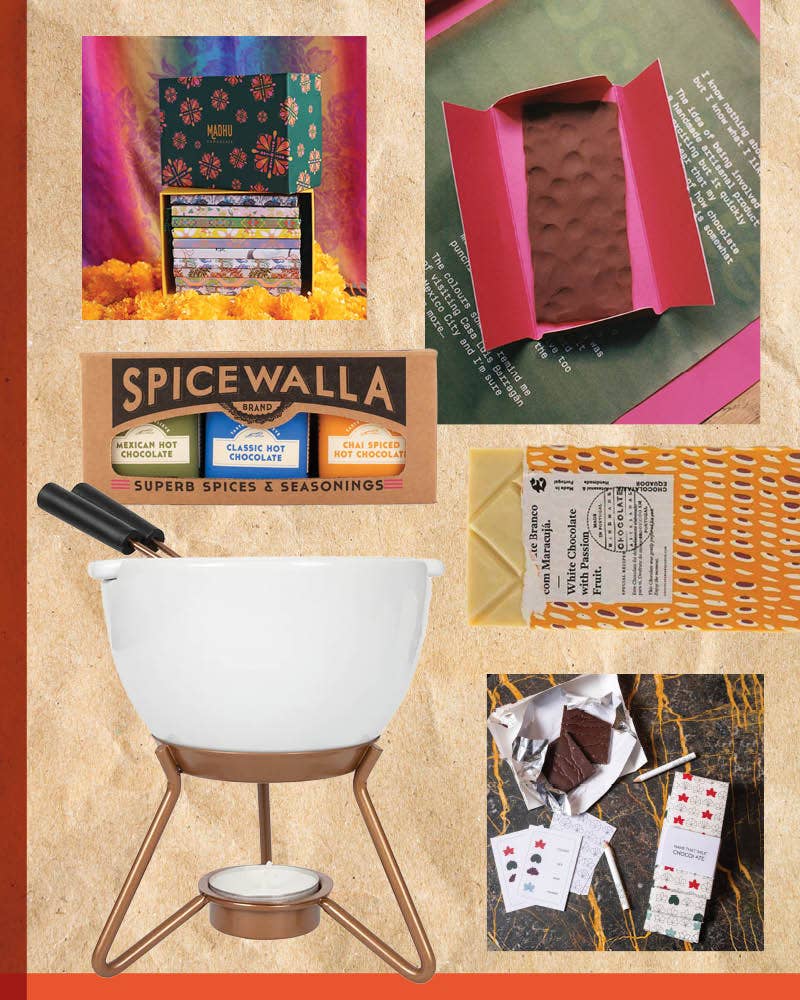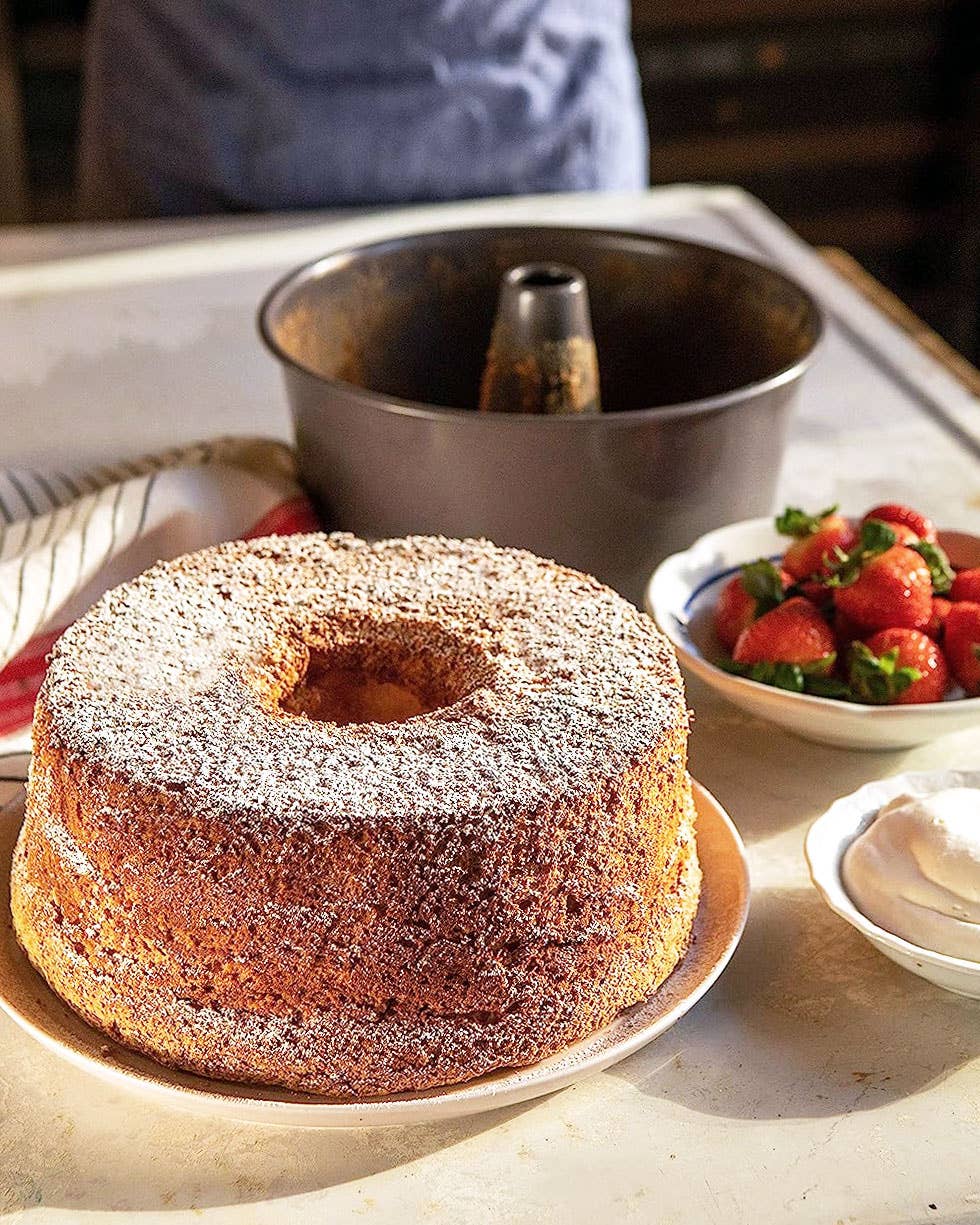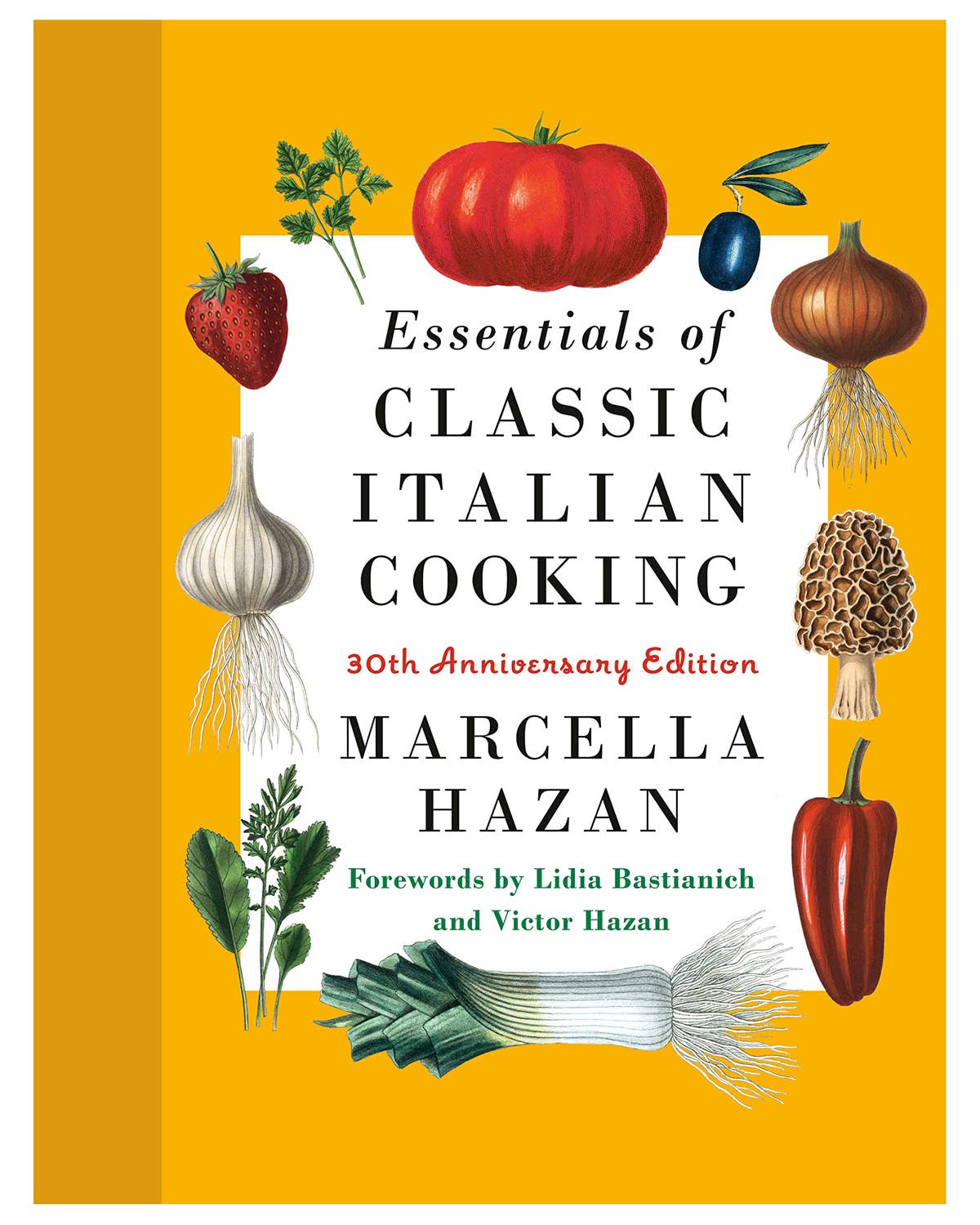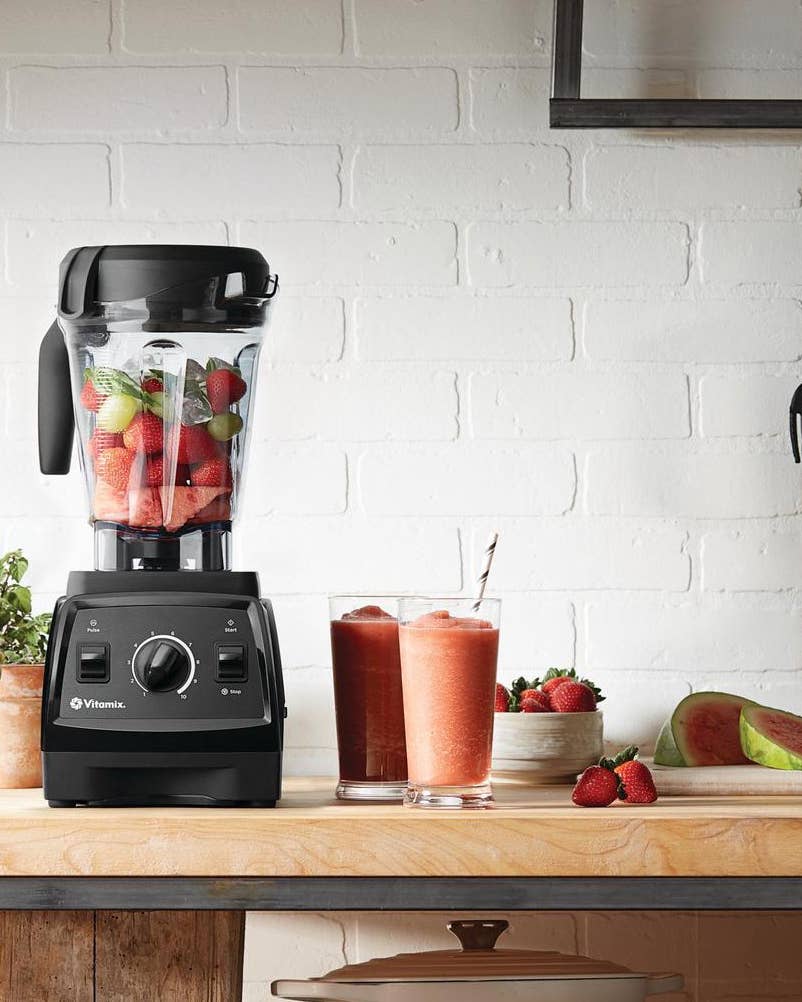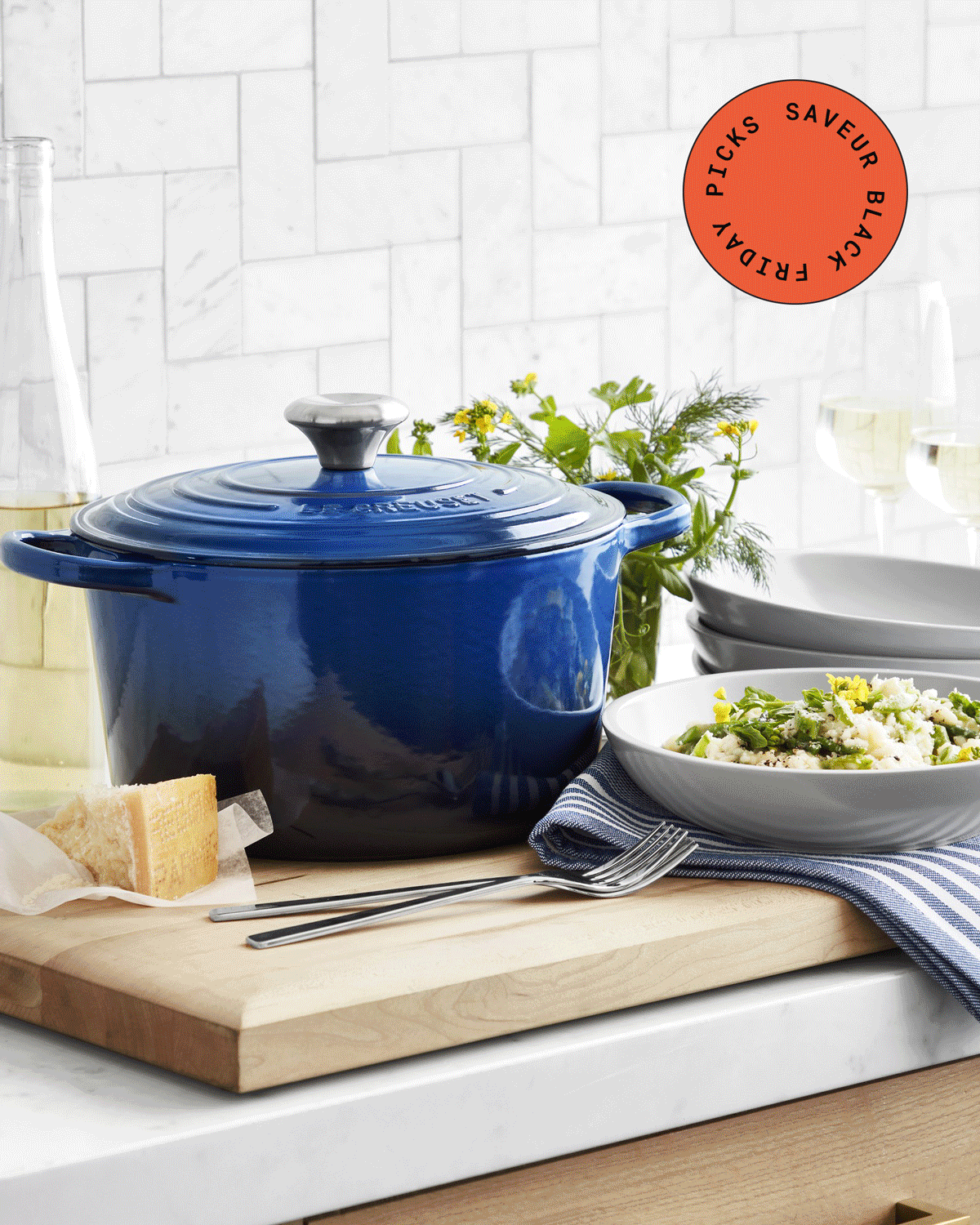Recipe Testers Reveal the Best Measuring Spoons That Deliver True Precision
For when ‘just a dash’ won’t do.
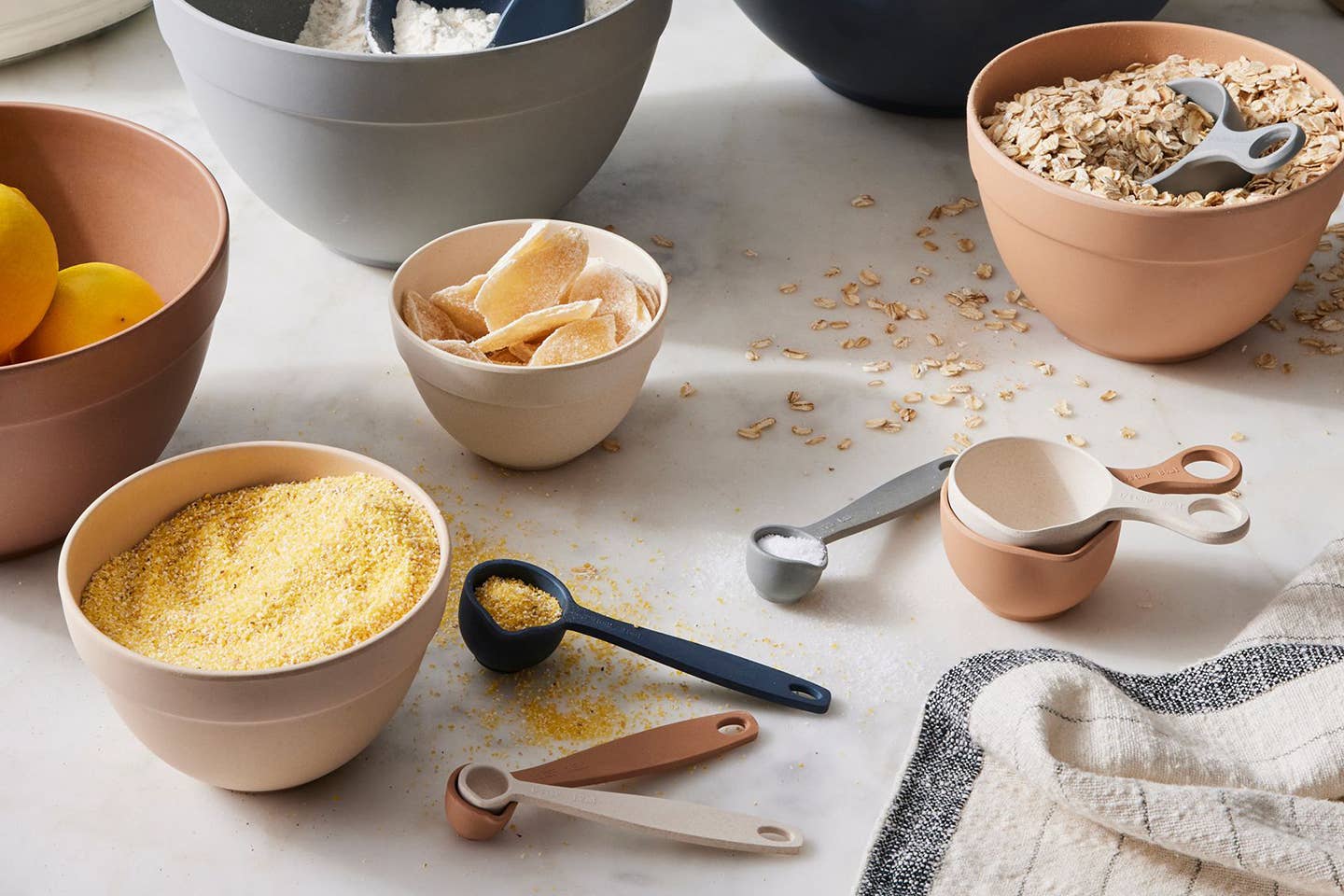
Designed to divvy out the tiniest amounts of ingredients, from peppercorns to baking soda, measuring spoons are a staple in any home kitchen. While they might be more of a guide for the seasoned chef when it comes to spicing up paneer tikka kebabs or green chile enchiladas, these mini utensils are indispensable for the likes of leaveners and salt. (If you’ve ever mistaken the 1/2 tablespoon for the 1/2 teaspoon when baking a layer cake, you know what we mean.)
That’s why precision is the single most important attribute of the best measuring spoons. “As a recipe taster, I use my spoons all the time,” notes private chef Fatima Khawaja. “I have to follow it down to the 1/4 teaspoon.” Baker and writer Ellen Gray couldn't agree more. “Though you can allow for a tiny bit of fiddle in some areas, baking is a science tethered to accuracy,” she says. “Accuracy is critical, perhaps a bit more than functionality,” which is why she stresses that her spoons must be exacting in measurement.
So, we had to ask them, as well as recipe tester and developer Caroline Lange: What is the best measuring spoon set, and why? Their recommendations for trusted tools can be found below, along with a few additional finds that are ready to level set ingredients.
- Best Overall: Le Creuset Stainless Steel Measuring Spoons
- Best Value: Amco Advanced Performance Measuring Spoons
- Best Plastic: KitchenAid Measuring Spoons
- Best Eco-Friendly: Bamboozle Bamboo Measuring Spoons
- Best for Storage: OXO Good Grips Stainless Steel Measuring Spoons
- Best for Spices: Sur La Table Spice Measuring Spoons
- Best for Altering Recipes: King Arthur Odd Sized Measuring Spoons
Features to Keep in Mind
Material
Measuring spoons are made from all kinds of materials today, but the experts we tapped agreed that those made from stainless steel are often their top choice. “It’s the gold standard,” notes Gray. If you’d like to skip trying out spoons in-store but want to make sure they’re crafted well, look for a product with a grade of 18/10. This fraction refers to the percentages of chromium and nickel alloys, respectively, a make-up that helps reduce rusting, maintain a high polish finish, and generally extend their life span.
One downside to steel, offers Khawaja, is that the products tend to be heavier than plastic. But printed measurements (regularly seen on plastic spoons) can fade away, and Gray finds ceramic and porcelain too fragile and inaccurate.
Sizes
The most popular sets of measuring spoons include five options: 1/4, 1/2, and 1 teaspoon, in addition to 1/2 and 1 tablespoon. Others take the nitty gritty one step further with 1/8 and 2/3 teaspoons—what Gray denotes as the ‘odd sizes’—to increase that number to seven. But these extras are worth it for the serious bakers; she relies on the 1/8 spoon when scaling down recipes or bumping up an ingredient amount. Lange, however, prefers the most streamlined approach. “The more spoons there are, the more you have to fiddle with them to find the one you need,” she counters, saying she prefers sets that include just 1 tablespoon and 1, 1/2, and 1/4 teaspoon.
Design
What elevates a measuring spoon set from basic to exceptional is the design. If your spoons are uncomfortable to hold, troublesome to read, or awkward to store, you’ll be less likely to use them or feel frustrated by the experience every time you reach for them. Consider durability (you don’t want the handle to snap when facing hardened brown sugar), storage, feel, and ease of use when shopping. Gray’s advice: Pick a set with handles that are similar in weight to the spoon, include engraved U.S. and metric measurements, and feature some mechanism that holds each piece together, such as a ring with a clasp.
Beyond that, the shape of the spoon itself is more or less a matter of personal taste—it just needs to work with your containers, notes Lange. Trendy oblong and rectangular looks are actually great for fitting through narrow-mouthed jars, but don’t do much else otherwise. Gray’s happily been using rounded equipment both at home and in commercial kitchens for decades. “I prefer deep, rounded spoons for almost all tasks,” Gray adds. “Some studies have shown that dry ingredients (leaveners, spices) tend to release more easily from shallower spoons—it has to do with static electricity—and liquids and oils are best suited to round spoons,” she explains. If budget allows, why not have the best of both worlds? As a serious baker, Gray gets good use out of her round and elongated pairs.
Our Top Picks
Best Overall: Le Creuset Stainless Steel Measuring Spoons
Not too long ago, Lange swore by no-frills, restaurant-supply store stainless steel spoons, until she picked up these by Le Creuset. “I thought it was completely absurd that a set of measuring spoons would cost $20, but you know what, they're awesome,” she says. “They have a ring with a clasp, the spoons fit in all my jars, and they have a really nice weight to them.” For Lange, the ring is a pretty big deal. It keeps all the spoons together even when only grabbing one.
Best Value: Amco Advanced Performance Measuring Spoons
For less than $10, this budget-friendly option still ticks all the boxes: a collapsible ring, etched measurements, and 18/10 stainless steel. As Gray noted, she finds shallower, round spoons like Acmo’s are best for measuring sticky ingredients like honey or peanut butter because they’re easier to scrape clean, and she also appreciates the product’s weighty feel. Though keep in mind that while this set is dishwasher safe, she advises against running them through a cycle—the spoons are steel but the clasp is not, which could lead to corrosion. “I never think of putting measuring spoons in the dishwasher, which might account for their incredibly long career,” adds Gray. “It’s just as easy to wash them off and return them to the same spot every time.”
Best Plastic: KitchenAid Measuring Spoons
Sometimes the most uncomplicated designs are just what you need. These basic, white spoons are dishwasher safe and etched, rather than printed, to ensure the measurements are both easy to read and won’t fade with time or wear. They’re ready to hold both dry and liquid ingredients for standard teaspoon and tablespoon measurements, plus their milliliter counterparts.
Best Eco-Friendly: Bamboozle Bamboo Measuring Spoons
For someone who wants to try something different, look to Bamboozle’s products. Made from a combination of recycled, biodegradable bamboo (one of the fastest growing plants) and melamine fibers, these deep, round spoons also come with a set of cups designed with sustainable shoppers in mind. They earn style and design points, too—the versatile palette of earthy pastels will add some color to your utensil drawer, and the little pour spouts help keep counters free from spills.
Best for Storage: OXO Good Grips Stainless Steel Measuring Spoons
“I love all things OXO,” shares Khawaja. “Their kitchen tools are made thoughtfully and last if you take good care of them. Their spoons are accurate and designed well.” For this set in particular, Khawaja appreciates the comfortable, non-slip grip on the handle (an OXO signature), but the best part is their compact stackability reinforced by magnets. For Khawaja, rings can be cumbersome, and we find they’re often the culprit behind a stubborn drawer that refuses to fully close. And no matter if you’re plunging into a jar of sugar or spice, a small groove between the spoon and handle keeps your tools free of debris.
Best for Spices: Sur La Table Spice Measuring Spoons
Gray turns to Sur La Table sets for their ease of maneuverability in and out of tiny spice jars, as well as their trifecta of quality, weight, and accuracy. The rectangular shape is designed with the narrowest of jars in mind, and its flat base is revered for easy leveling. And with six spoons, you get the extra small 1/8 teaspoon and a 3/4 teaspoon to play with, all held together by a little ring.
Best for Altering Recipes: King Arthur Odd Sized Measuring Spoons
It’s helpful to have odd sizes on hand, especially when you’re looking to tinker with a recipe by paring back on an ingredient or bumping one up in a flash. This set of five will complement any standard set of four with measurements in 1/8, 2/3, 1 1/2, and 2 teaspoons, and even a “pinch” amount for when you don’t want to eyeball it. The simplified, round design made from heavy-duty stainless steel is locked together by a ball chain.
Ask an Expert
How can I tell if my measuring spoons are accurate?
Unfortunately, the reality is that a set’s exactness can widely vary. While this isn’t terrible news for throwing together a meal for dinner, it is problematic for bakes. You can refer to these standardized guidelines on how much a teaspoon or tablespoon should actually hold, then test it out on a scale to see for yourself. And if you don’t happen to have a scale handy, we have two bits of expert advice. Here’s Khawaja’s method of checking: There should be three teaspoons in one tablespoon. Lange recommends buying only from a trusted supplier, like a restaurant or cooking supply store, then giving them a trial run with familiar recipes.
Can you properly measure liquid in measuring spoons?
Although perfectly capable of dividing out liquid amounts, most measuring spoons don’t include solvent-based quantities like milliliters or fluid ounces, which is why it’s easier to grab a cup or specific measuring jug, like a Pyrex, says Khawaja.
Keep Reading
Continue to Next Story
